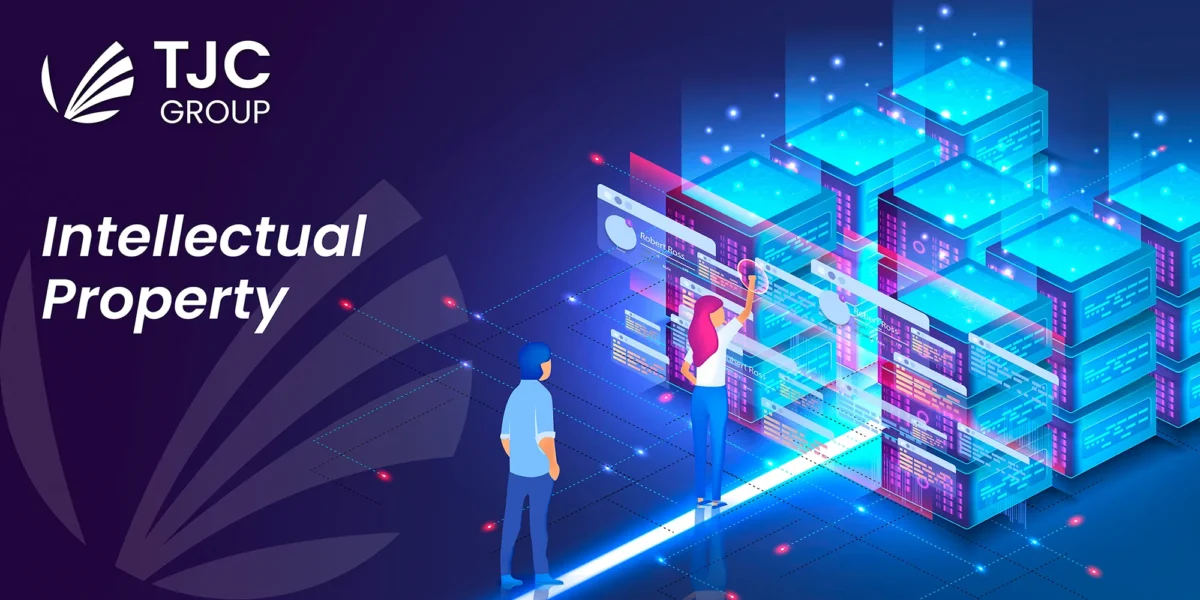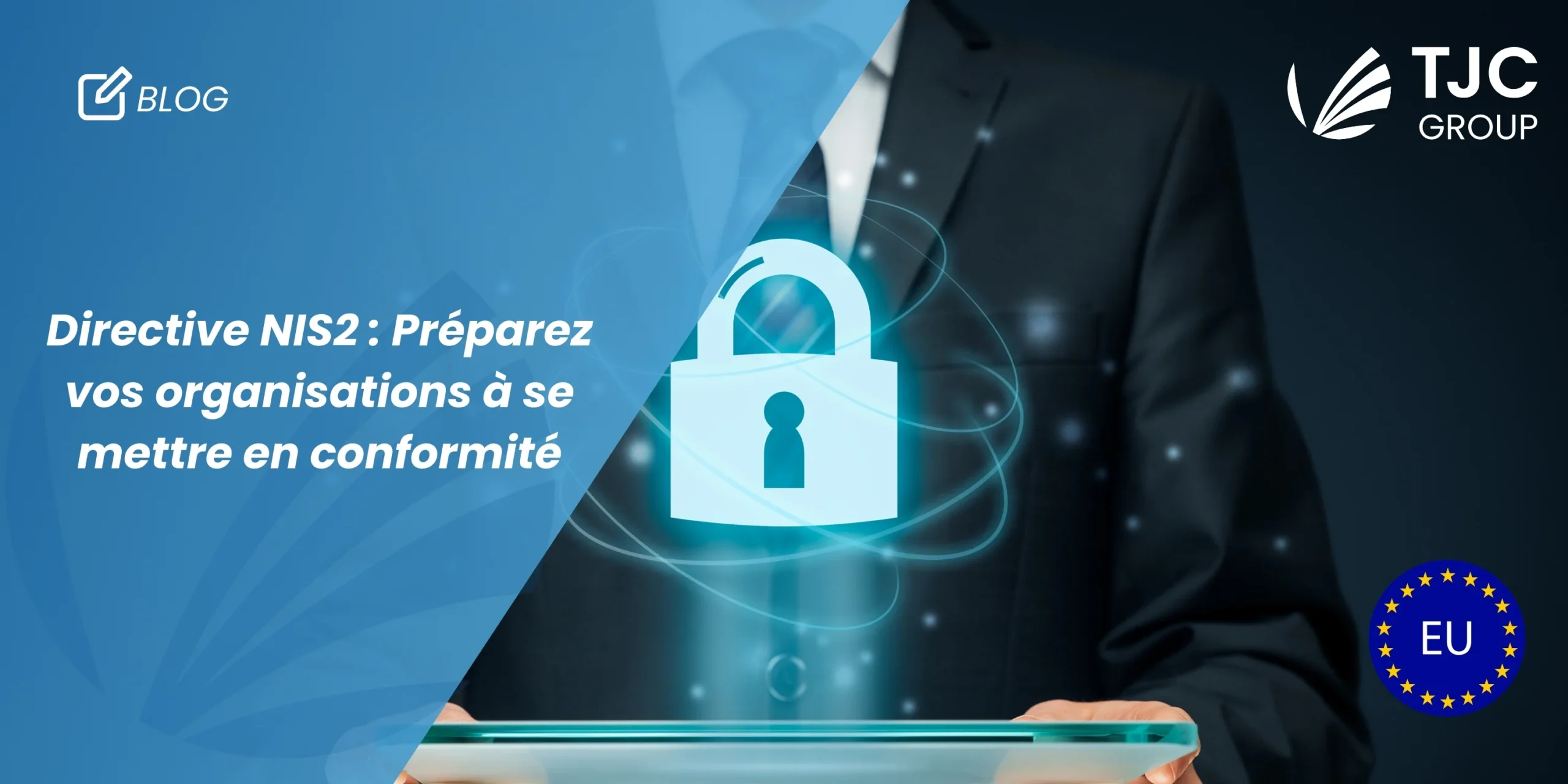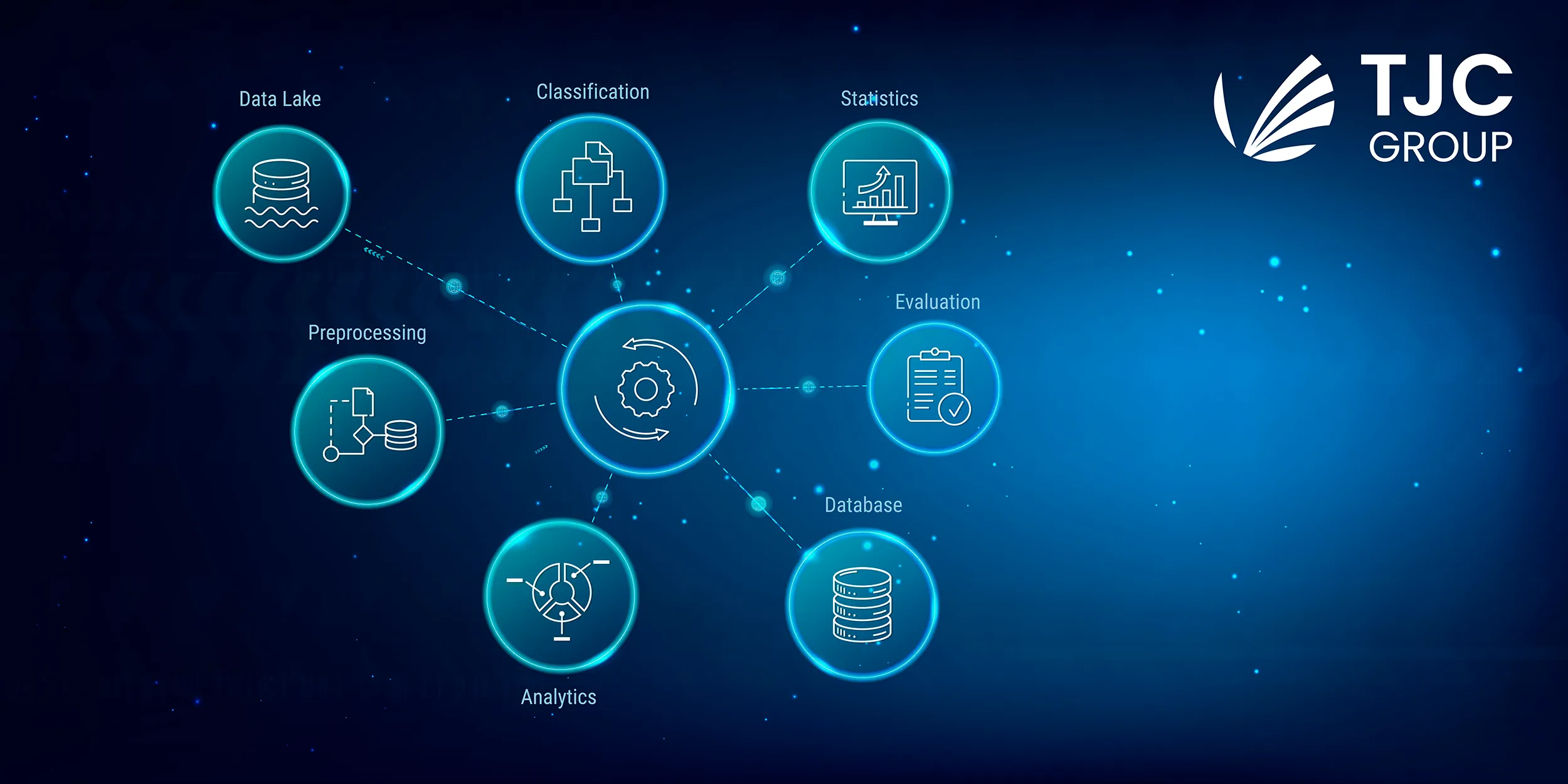Author: Laura Parri Royo, Marketing Director at TJC Group.
As software developers, technologists and business professionals, we can all appreciate the importance of continued innovation. Without innovation, we wouldn’t have jobs. There would be no cloud hosting, no connected devices, no mobile working, no automation, no machine learning. Apart from the wider socioeconomic impact these developments have, new research from IDC has quantified the commercial impacts for software development companies of being innovative.
Findings from IDC’s study
IDC’s study, commissioned by SAP and published in January 2023 identified that when SAP partners invest resources into creating new software and services, they can expect to grow at a much faster pace than other less innovative partners. IDC has quantified the financial implications of this pattern and published that SAP developers who invest more than 20% of their annual revenues into developing new IP (intellectual property) will generate around 60% higher revenue growth compared to others that don’t invest the same level of resources into new IP. This is a very significant return on investment and the study also found these opportunities are sector independent. The same financial returns exist for new solutions, targeting both specific industry niches as well as more generic, horizontal applications.
93% of the SAP business partners surveyed said that they expect to see an accelerated increase in their SAP-related revenues compared with the previous year.
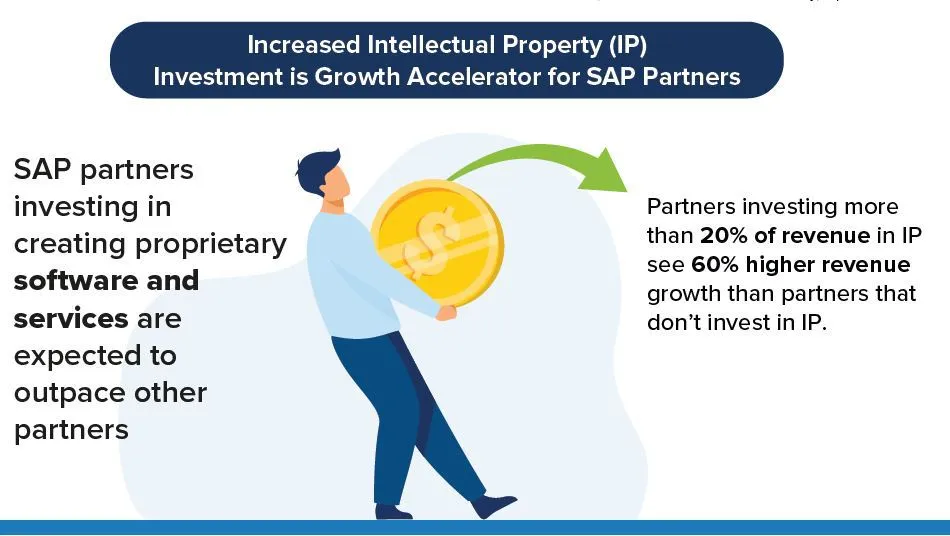
Even in the current uncertain economic climate, when there may be less appetite for risking research and development budgets, investing in new IP will deliver returns. Overall, the IDC research highlights that the greatest business opportunity for partners exists with the provision of innovative new IT services and public cloud services, such as software as a service (Saas), platform as a service (Paas), and infrastructure as a service (Iaas). It is very clear that SAP partners which continue to invest in innovation despite the risks are reaping bigger financial rewards and enjoying better margins.
SAP BTP as main driver for innovation
It is always good to be optimistic about the outcomes of R&D but for SAP developers. These commercial trends have a double significance, thanks to the availability of SAP BTP (Business Technology Platform). This is the development environment or ecosystem created by SAP to fuel software innovation. In the past, SAP ECC users would engage ABAP developers to customise available functionality with ‘add-ons’.
Beneficial for all sides, through SAP BTP, enterprise users get the customisation they need, but can also stay agile and avoid business interruption caused by system integration.
Keep the core clean with SAP BTP
Now, SAP is promoting the idea of ‘keep the core clean’, by using SAP BTP to enable advanced, custom functionality to be plugged straight into a clean, centralised, SAP core. The simplest way to visualise why keeping the core clean makes sense, is to consider what would happen if you downsized your home. Moving from a house to a modern apartment involves a declutter. You need to save space and the same principle applies to SAP, especially when it comes to S/4 HANA migration. If SAP ECC was the large family home, S/4 HANA is like a new penthouse apartment. It has absolutely everything you need for modern living but requires a more ‘minimalist’ worldview. Just like running SAP in the cloud with S/4 HANA is a fantastic digital transformation platform but requires a very different modus operandi.
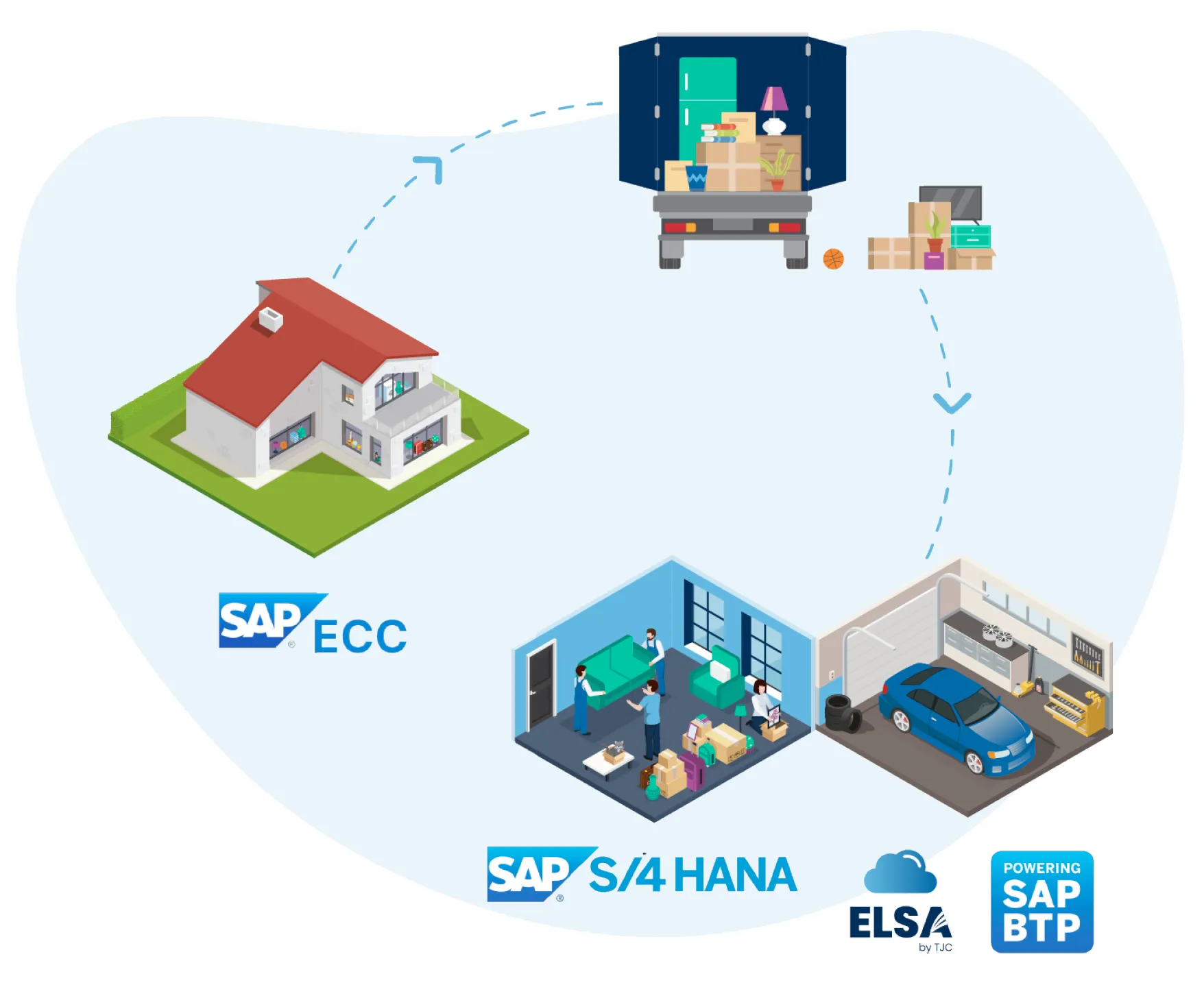
In turn, SAP developers now appreciate that ‘keeping the core clean’ provides a good commercial opportunity. It stimulates user demand for new applications and paves the way for a steady return from investments in new IP – exactly what SAP software developers need.

How TJC Group is using Intellectual Property to drive business growth
After a slow start to adoption, which was primarily due to low awareness, interest in SAP BTP – both among the developer community and users – has grown steadily. An increasing number of solution partners, TJC Group being one of them, have begun offering software developed in and for SAP BTP. Available now on SAP store, ELSA (Enterprise Legacy System Application)is a SAP a cloud application solution to re-access historic data at any time from any source for business, audit or tax purposes.
“At TJC Group we have consistently put innovation at the forefront of our priorities, even during recession times. Today 40% of our staff is dedicated to R&D. In that sense, TJC Group has filed a patent for ELSA.” Florent Finucci, CFO at TJC Group.
An SAP BTP Certified solution for system decommissioning
is a cloud-native application built on SAP BTP, using TJC Group’s own IP and offered as a separate solution within SAP BTP. Applications like ELSA make it possible to immediately begin decommissioning legacy systems and applications like SAP CRM, SRM, Warehouse Management, or non-SAP systems.
Users of ELSA can be selective about what they migrate to the cloud and reduce both the risks and costs associated with legacy systems. They can now have the reassurance of being able to easily access legacy data for any future requirements. Given the whole ethos behind BTP, ELSA is ideally placed for mass adoption by migrating SAP users.
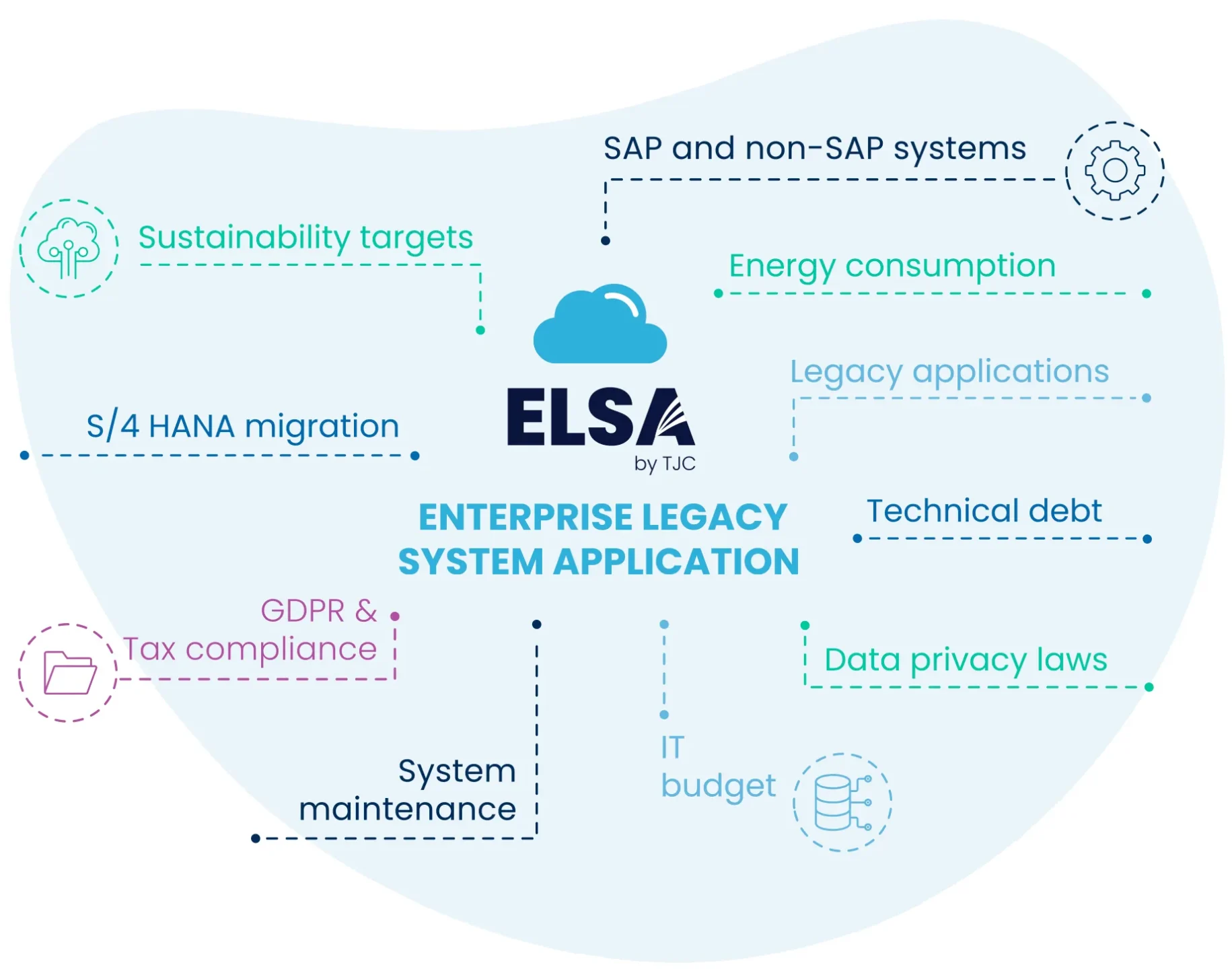
An outlook to the future
Looking ahead to the future, TJC Group can foresee a time when SAP BTP will ultimately become a marketplace for certified SAP Partners to offer ready-to-deploy applications using their own IP, based on the “Bring Your Own Licence” (BYOL) model. In this way, SAP BTP will be like an enterprise software version of Amazon Marketplace, a hub for buyers to connect with sellers, but even better. We are very optimistic that it will happen, and it will benefit the entire SAP developer community.
In SAP’s words, “SAP partners are essential in delivering the solutions that support customers in adapting, inventing, and bringing new ideas to market. Working with our partners, end customers can seamlessly expand core SAP solutions to deliver impactful business outcomes”, Mark Weyman, Head of Ecosystem Profitability at SAP.
Head to the SAP Partner finder to find SAP solutions companies that will be able to provide that local expertise to support your IT team.
References:
IDC Research Shows Intellectual Property Drives SAP Partner Growth. SAP News Center. https://news.sap.com/2023/02/idc-intellectual-property-research-sap-partner growth/#:~:text=Per%20a%20new%20IDC%20eBook,higher%20revenue%20growth%20than%20average.


